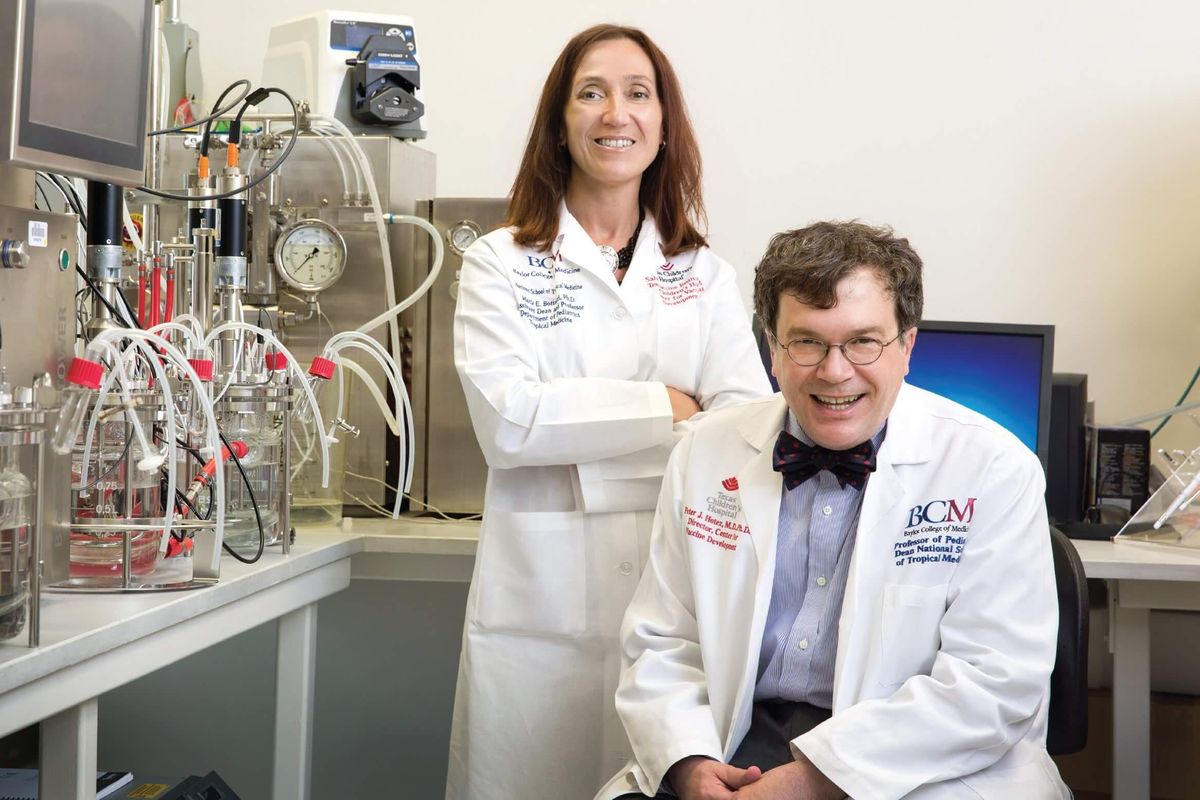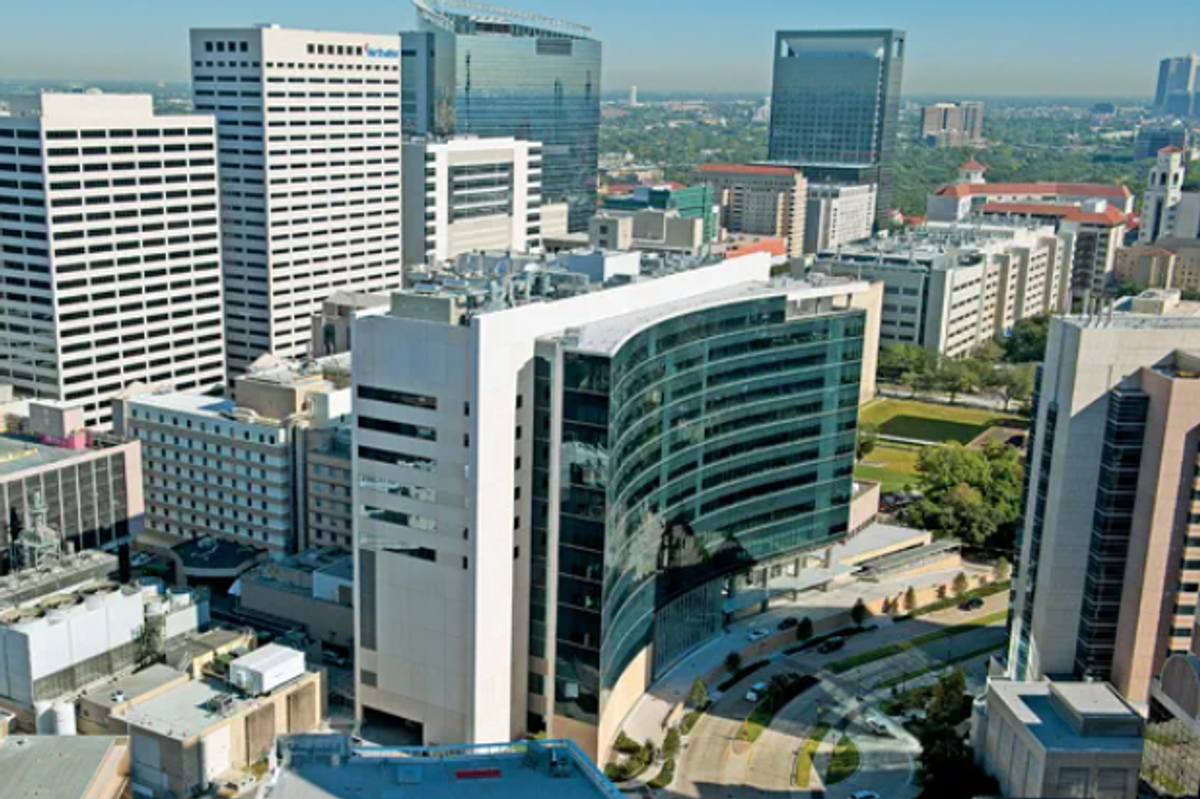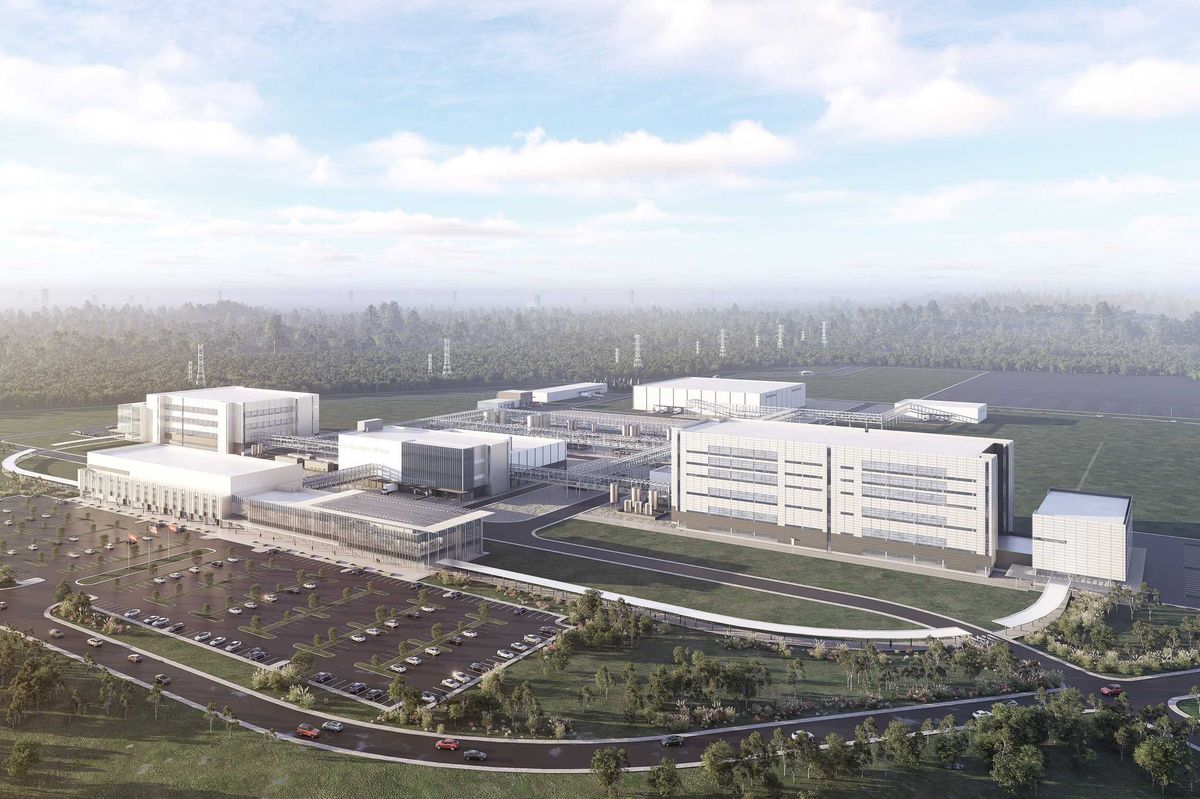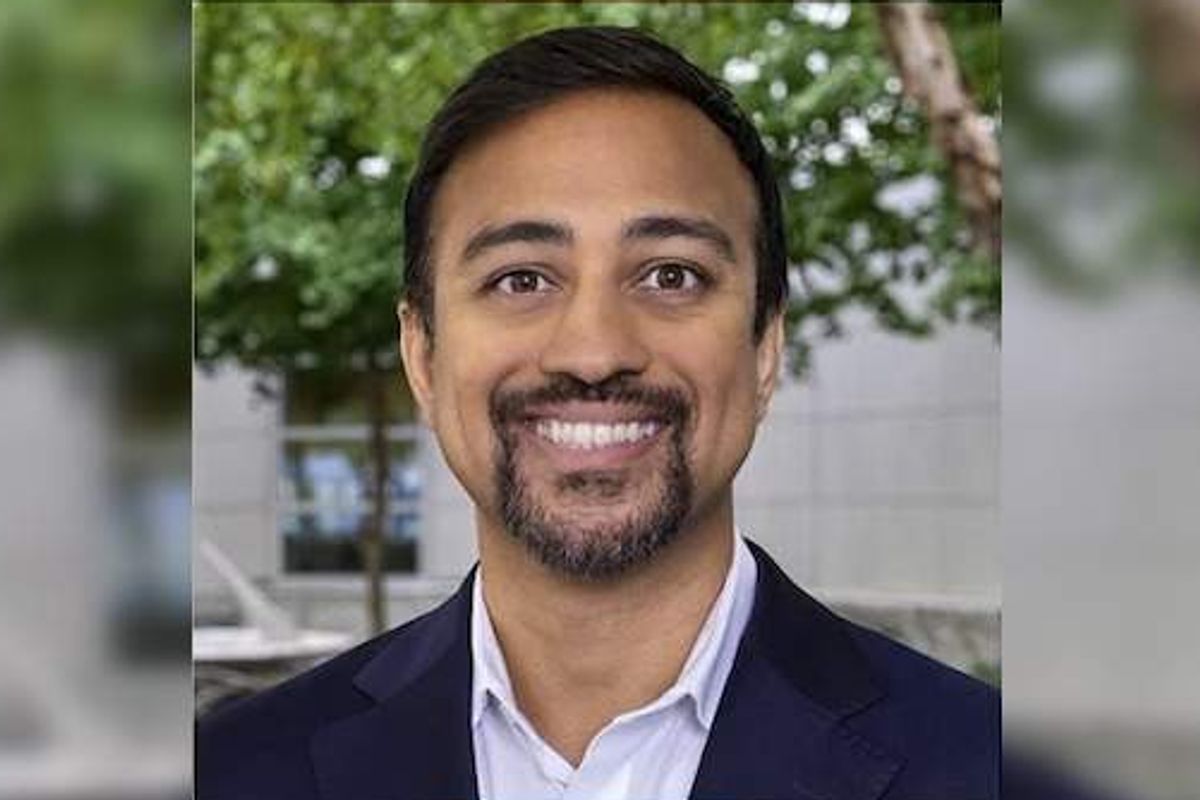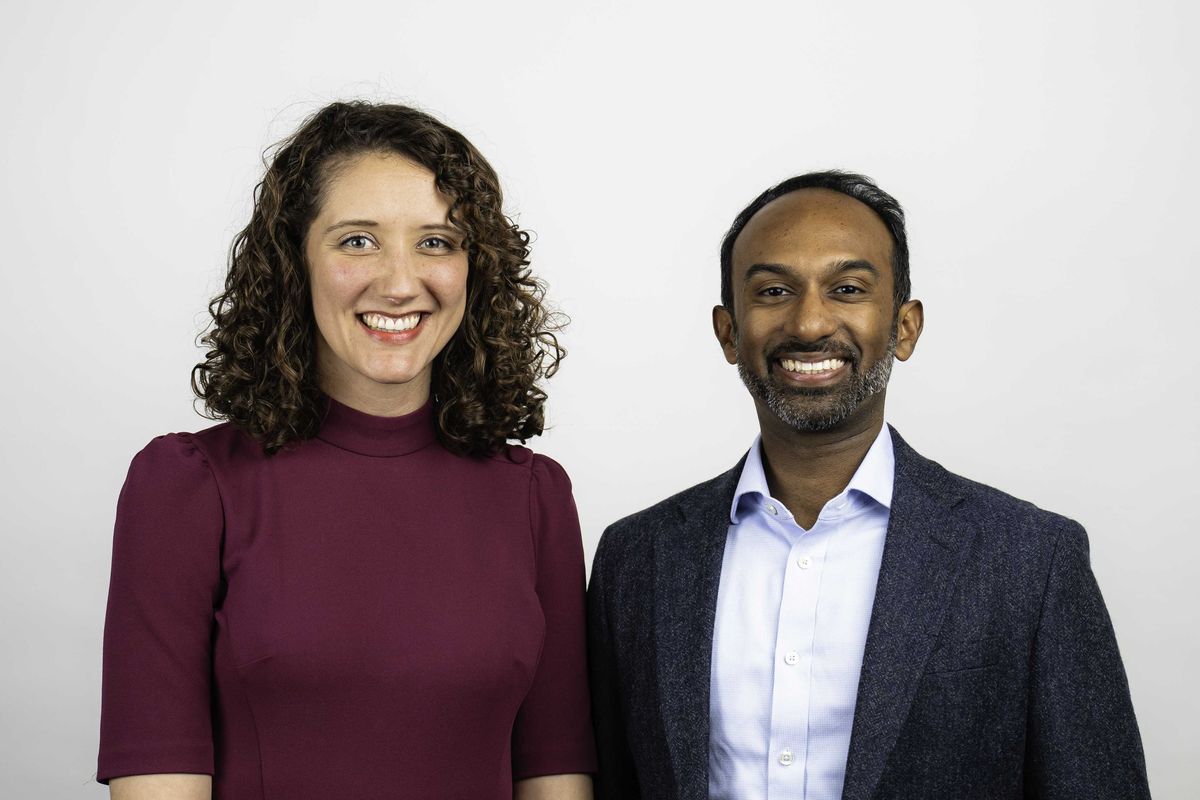Houston’s Baylor College of Medicine has received more than $50 million in donations for construction of the Lillie and Roy Cullen Tower.
The tower, originally announced last year and set for completion in 2026, will be the new home of the School of Medicine and the School of Health Professions.
The new contributions are:
- $25 million from The Brown Foundation.
- $16 million from The DeBakey Medical Foundation, adding to $12 million that already was pledged.
- $10 million from the Sarofim Foundation, matching a previous $10 million commitment from the late Fayez Sarofim.
“Thanks to tremendous support from the community, we have raised almost $150 million in philanthropy for the new state-of-the-art home for the School of Medicine and School of Health Professions. Cullen Tower isn’t just an investment in infrastructure, but an investment in the health and well-being of future generations,” Dr. Paul Klotman, president, CEO, and executive dean at the Baylor College of Medicine, says in a news release.
The 503,000-square-foot Lillie and Roy Cullen Tower is the first phase of Baylor’s planned Health Sciences Park, an 800,000-square-foot project that will combine medical education and research at a site next to Baylor Medicine and Baylor St. Luke’s Medical Center.
In recognition of The DeBakey Medical Foundation’s increased commitment to Cullen Tower and additional funding for the Michael E. DeBakey Department of Surgery, the Baylor College of Medicine will name the park the Michael E. DeBakey Health Sciences Park. It will encompass the new Cullen Tower, another research tower to be built in the future, a building that links the two towers, and the existing Jamail Specialty Care Center.
“The comprehensive scope of the park — combining spaces for education, research, and clinical care — is a fitting tribute to Dr. DeBakey’s contributions to Baylor and the field of health care. The Cullen Tower embodies his legacy of excellence, which will inspire further generations of Baylor students to strive for greatness while advancing medical knowledge and providing compassionate care to patients,” says Dr. H. David Short III, president of the DeBakey foundation.

 The Baylor campus is next to Texas Medical Center’s Helix Park, a 37-acre project. Rendering courtesy of BCM
The Baylor campus is next to Texas Medical Center’s Helix Park, a 37-acre project. Rendering courtesy of BCM The Cullen Foundation donated $30 million to the project. Rendering courtesy of BCM
The Cullen Foundation donated $30 million to the project. Rendering courtesy of BCM







